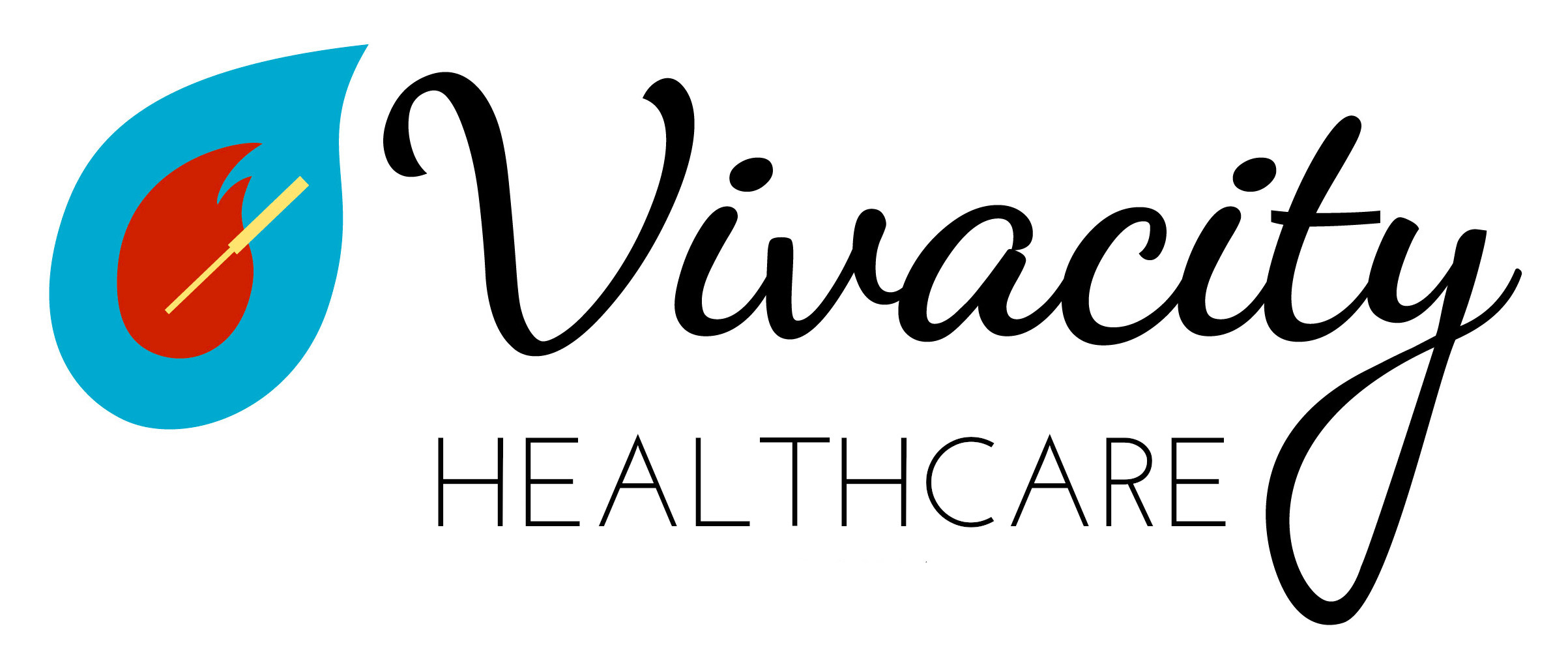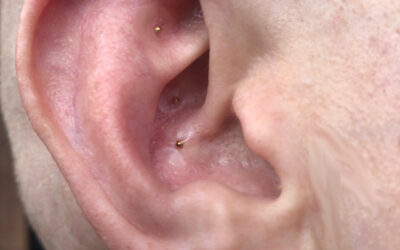Now that summer is in full swing, many of us here in NYC are spending a lot more time outdoors, even replacing gym routines with outdoor sporting activities like running, biking and hiking. The natural muscle movements that sporting activities involve strengthen and tone muscles along a broader spectrum than using weight machines in the gym that isolate muscle groups. This is ideal because strengthening muscles and ligaments across the full range of motion helps prevent injuries. If, however, you experience post-workout soreness as a result from either being a weekend warrior or using muscle groups that you’d been neglecting, I’ll share some simple and effective treatments that will promote healing and rejuvenation so that you can more quickly get back out there and safely do all the activities you love to do in this prime weather.
Note: These suggestions are not for when you have an acute injury (i.e. when there is swelling, redness and a local sensation of heat). These are tips you can integrate into your regular fitness routine to prevent injuries, and I will cover how to treat a soft tissue injury in a later post. The following applies to the gradually increasing discomfort that occurs between 24 and 48 hours after activity as delayed onset muscle soreness (DOMS), and it is perfectly normal particularly with a change in your routine. If soreness doesn’t resolve within a few days, a medical provider can help assess it.
1) Stretching and Movement
We’ve all heard that stretching is important, but I still see a lot of people not stretching because they feel strapped for time. If a 1 hour yoga class isn’t your thing, even just 5 minutes of stretching after strenuous exercise can go a long way. Stretching along with light aerobic activity such as brisk walking is what is referred to as a cool-down phase and is recommended for up to 10 minutes after exercise. If you tend to forget at the end of your routine, sandwich a few minutes between sets of exercises. Range of motion exercises or dynamic stretching are also ways to incorporate it in a way that it becomes part of your routine rather than taking time away from it. Staying active despite the soreness will also help increase circulation through the muscles alleviating soreness. Of course, listen to your body’s soreness from the previous workout and go lighter if needed.
2) Foam Rolling, Massage and Acupuncture
Utilizing stretching alone is not always enough to release muscles tightness. Deep compression helps to break up or relax tight muscles and adhesions formed between muscle layers and their surroundings to make stretching more effective. If for instance you don’t feel like you get the intended effect from a given stretch, try foam rolling that area for a few minutes beforehand.
To foam roll properly, apply moderate pressure to a specific muscle or muscle group using your body weight moving no more than one inch per second. When you find areas that are tight or painful, pause for several seconds and relax as much as possible. After 5-30 seconds the discomfort or pain should lessen. If an area is too painful to apply direct pressure, roll the surrounding area and gradually work towards the more tender spot. You can also use a tennis or lacrosse ball for smaller areas. Wait 24-48 hours before rolling the same area.
If you like the feel of a deep tissue massage, you will probably enjoy foam rolling. If you try foam rolling and find it uncomfortable, don’t fret. It will get easier with less sensitivity as your muscles relax with a combination of pressure and stretching. This is where myofascial trigger-point acupuncture and cupping can be particularly helpful in that they can loosen muscles and adhesions without intense compression. Most people who find foam rolling or deep tissue massage too uncomfortable to enjoy will benefit from even just a session or two of acupuncture that will loosen the area to the point that foam rolling is viable.
3) Heat
Heat will have a similar effect to both movement and pressure in that it will increase circulation through the muscles. If you have access to a sauna or a steam room, it can be utilize to alleviate soreness. At home or work, use a microwaveable hot pack or a hot water bottle to target specific areas.




